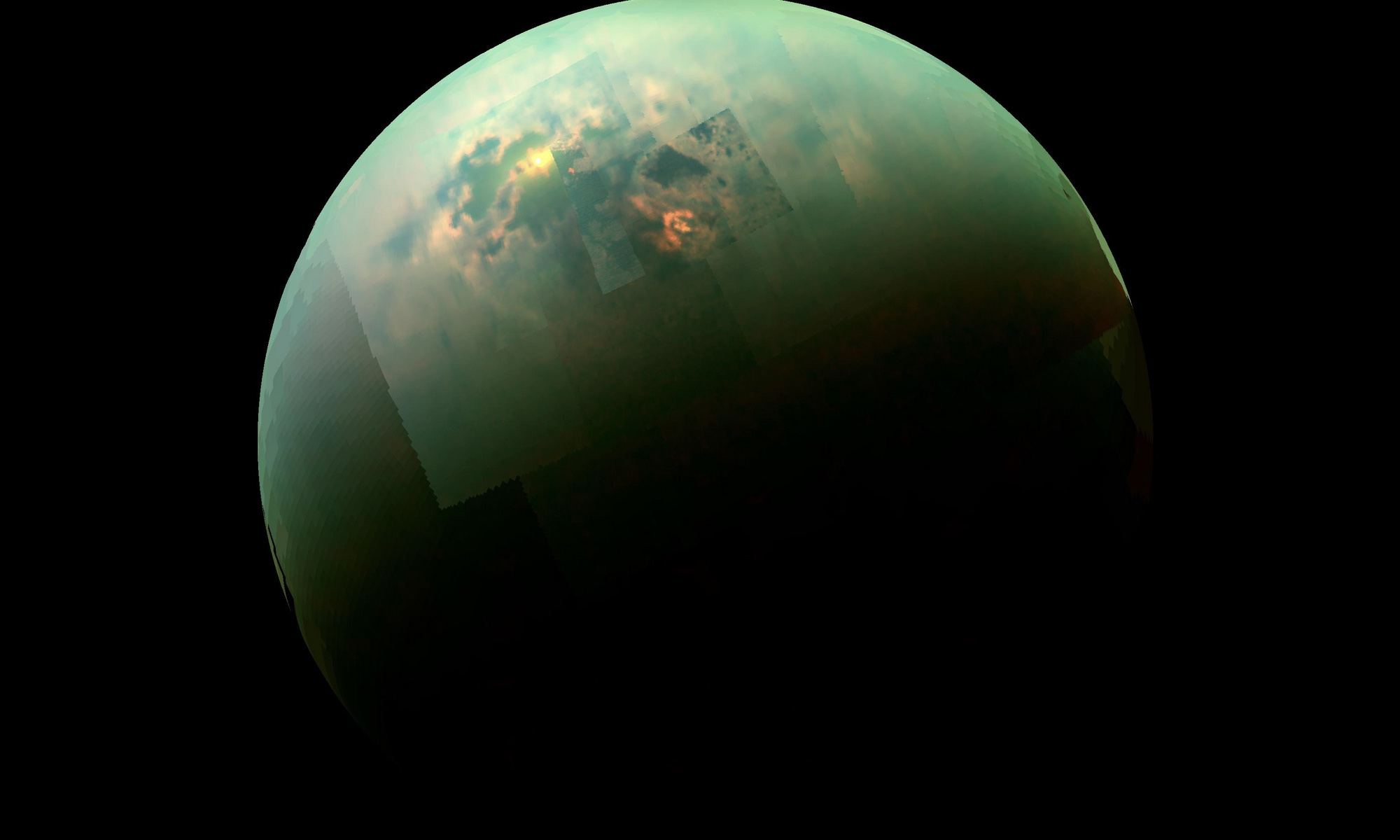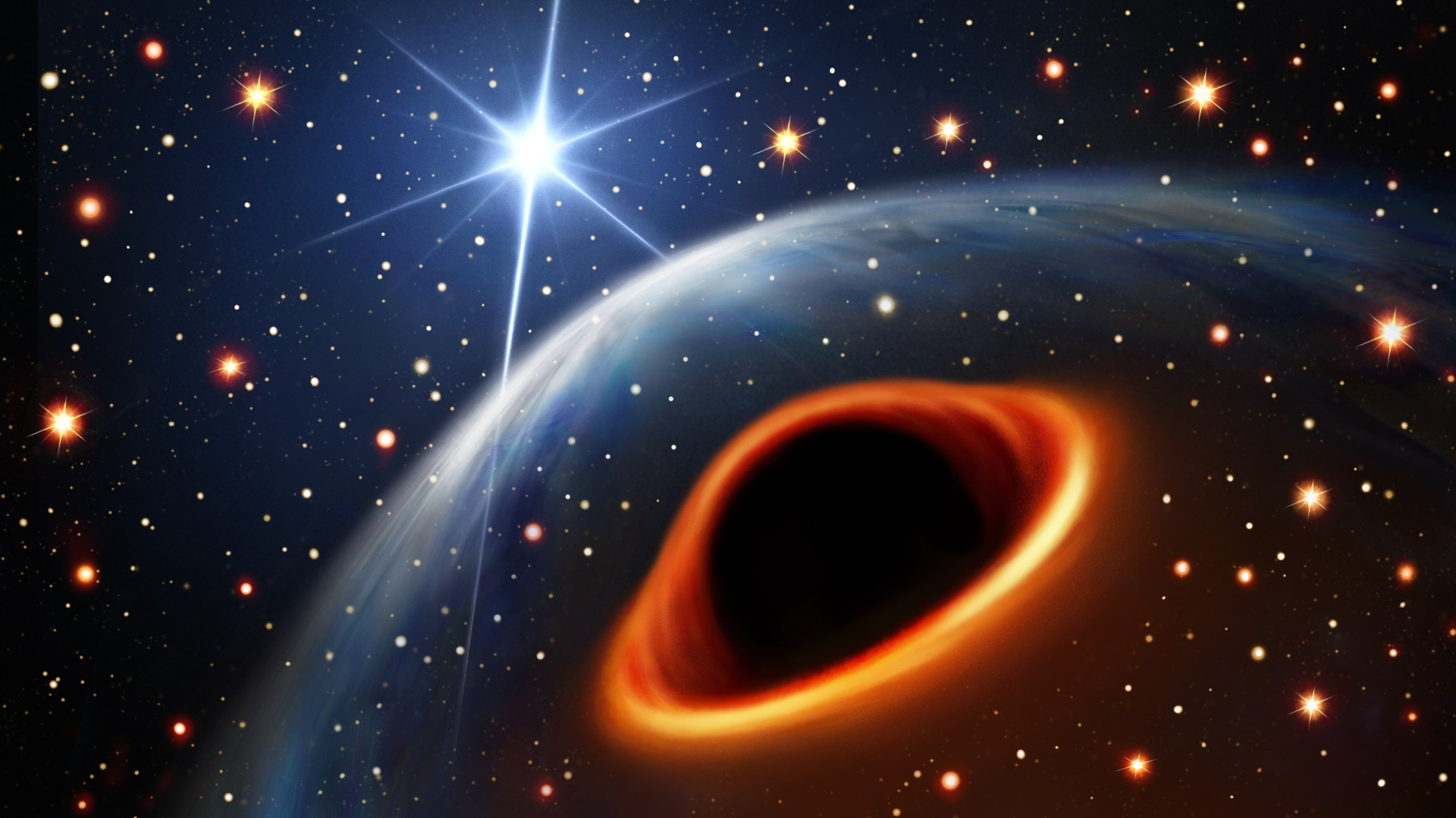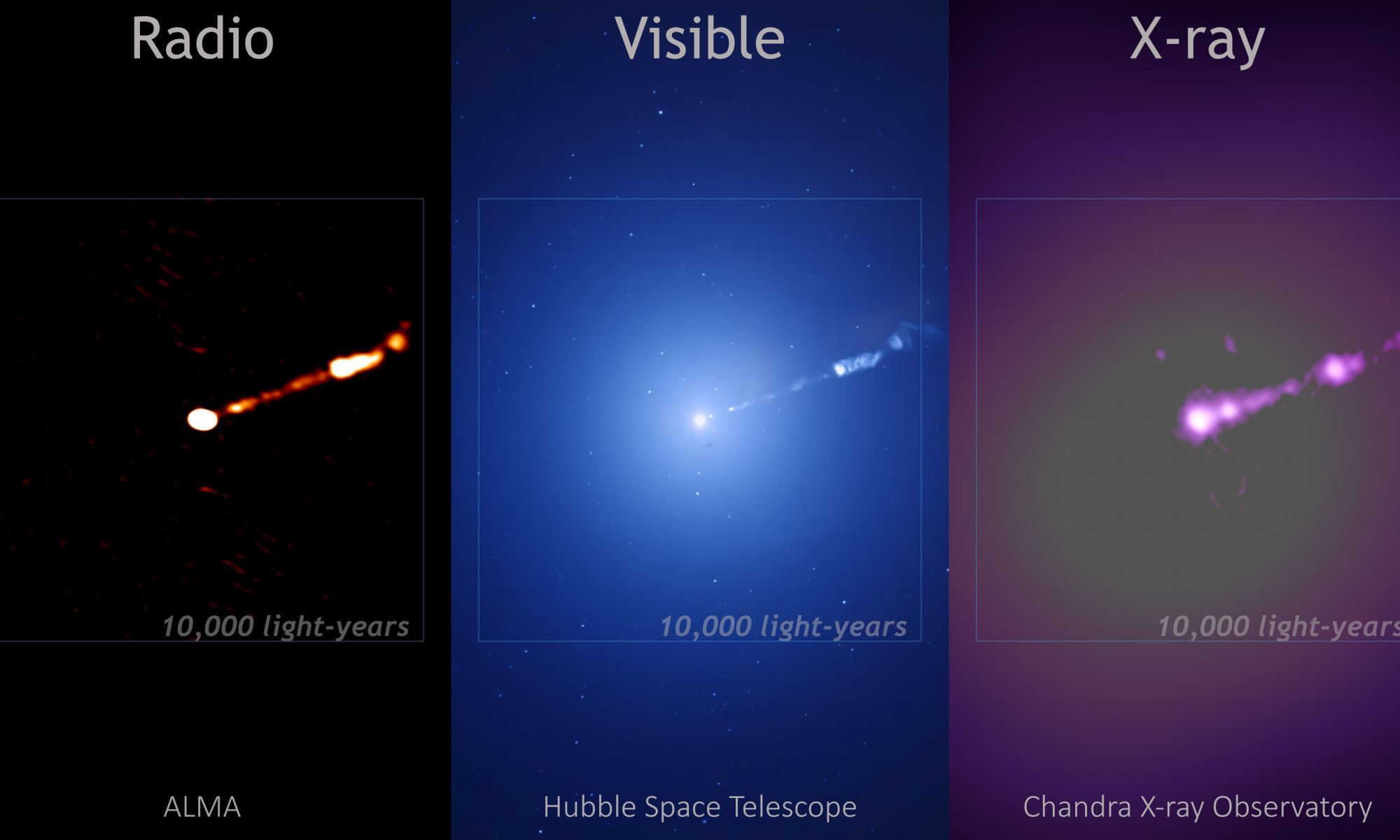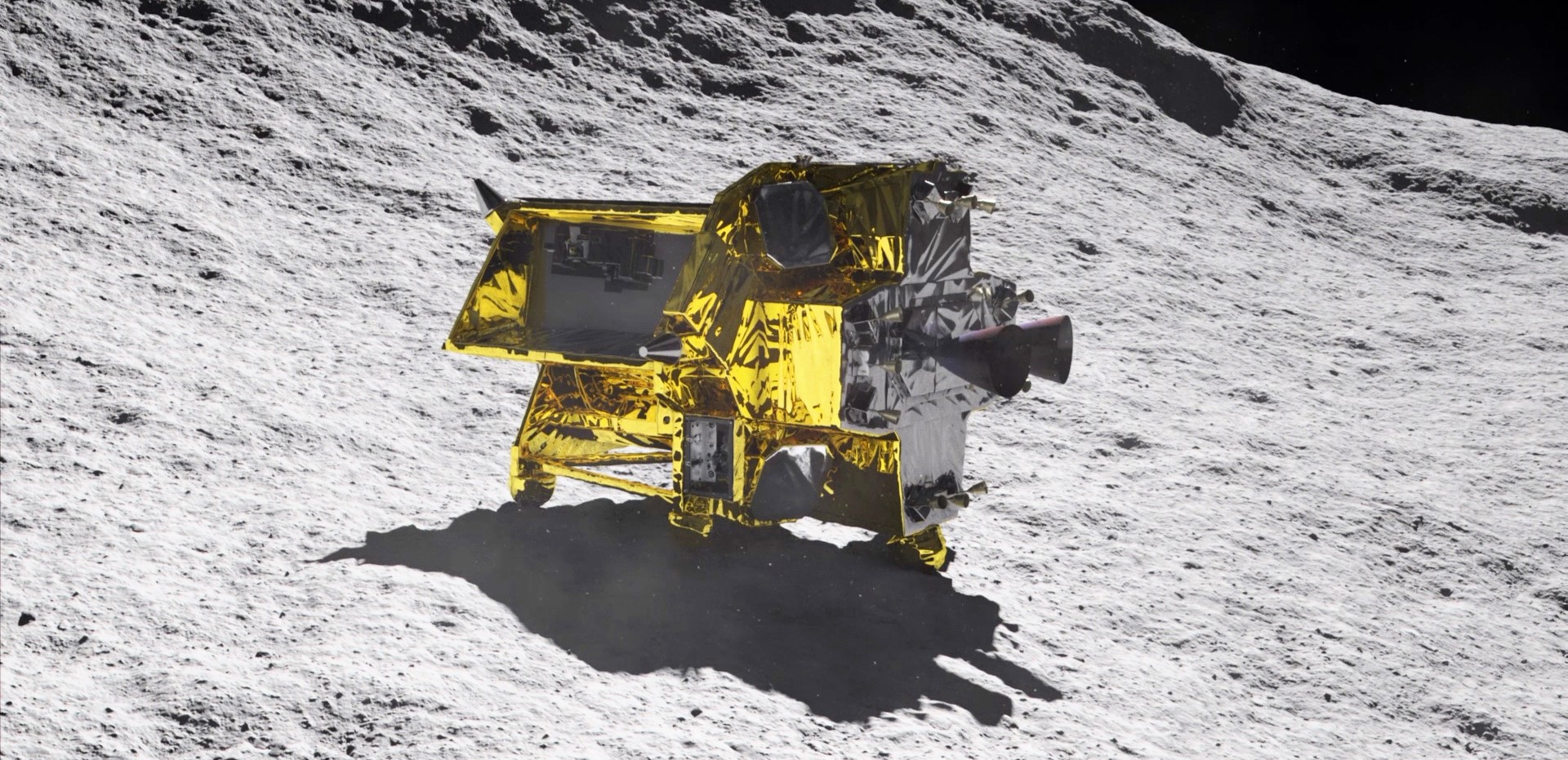The Large Interferometer for Exoplanets (LIFE) project is an ambitious plan to build a space telescope with four independent mirrors. The array would allow the individual mirrors to move closer or farther apart, similar to the way the Very Large Array (VLA) does with radio antennas. LIFE is still early in its planning stage, so it would likely be decades before it is built, but already the LIFE team is looking at ways it might discover life on other worlds. Much of this focuses on the detection of biogenic molecules in exoplanet atmospheres.
Continue reading “The Next Generation LIFE Telescope Could Detect Some Intriguing Biosignatures”Life on Earth Uses Water as a Solvent. What are Some Other Options for Life as We Don't Know it?

There is a vast menagerie of potentially habitable worlds in the cosmos, which means the Universe could be home to a diversity of life beyond what we can imagine. Creatures built on silicon rather than carbon, or organisms that breathe hydrogen instead of oxygen. But regardless of how strange and wondrous alien life may be, it is still governed by the same chemistry as life on Earth, and that means it needs a chemical solvent.
Continue reading “Life on Earth Uses Water as a Solvent. What are Some Other Options for Life as We Don't Know it?”Future Mars Helicopters Could Explore Lava Tubes

The exploration of Mars continues, with many nations sending robotic missions to search for evidence of past life and learn more about the evolution of the planet’s geology and climate. As of the penning of the article, there are ten missions exploring the Red Planet, a combination of orbiters, landers, rovers, and one helicopter (Ingenuity). Looking to the future, NASA and other space agencies are eyeing concepts that will allow them to explore farther into the Red Planet, including previously inaccessible places. In particular, there is considerable interest in exploring the stable lava tubes that run beneath the Martian surface.
These tubes may be a treasure trove of scientific discoveries, containing water ice, organic molecules, and maybe even life! Even crewed mission proposals recommend establishing habitats within these tubes, where astronauts would be sheltered from radiation, dust storms, and the extreme conditions on the surface. In a recent study from the University Politehnica Bucuresti (UPB), a team of engineers described how an autonomous Martian Inspection Drone (MID) inspired by the Inginuity helicopter could locate, enter, and study these lava tubes in detail.
Continue reading “Future Mars Helicopters Could Explore Lava Tubes”Japan’s Moon Lander Touches Down, But Power Problem Mars Its Mission
Update for Jan. 21: The Japan Aerospace Exploration Agency shut down its moon lander to conserve battery power, but says the lander might be recharged and revived if sunlight hits the solar cells at the right angle.
Japan has become the fifth nation to land a functioning robot on the moon, but the mission could fall short of complete success due to a problem with the lander’s power-generating solar cells.
Continue reading “Japan’s Moon Lander Touches Down, But Power Problem Mars Its Mission”What Future Propulsion Technologies Should NASA Invest In?
Researchers consistently complain about how difficult it is to fund breakthrough research. Most funding agencies, especially governmental ones, think funding incremental, evolutionary technological steps is the way to go, as it has the most significant immediate payback. But longer-term, higher-risk research is necessary to provide those incremental steps 20-30 years in the future. And in some cases, they are required to underpin completely new things that other researchers want to do.
Continue reading “What Future Propulsion Technologies Should NASA Invest In?”Diamond Rain on Ice Giants Could Influence Their Magnetic Fields

Imagine Jupiter with a diamond core the size of Earth. That’s what science fiction author Arthur C. Clarke described in his novel (and movie) 2010: Odyssey 2. Now, imagine the same thing, but at Uranus and Neptune. In addition to a possible diamond core, diamond rain fills the interior. Scientists at the U.S. Department of Energy’s SLAC National Accelerator Laboratory think they know how these diamonds form on ice-giant planets.
Continue reading “Diamond Rain on Ice Giants Could Influence Their Magnetic Fields”Is this the Lightest Black Hole or Heaviest Neutron Star?

About 40,000 light-years away, a rapidly spinning object has a companion that’s confounding astronomers. It’s heavier than the heaviest neutron stars, yet at the same time, it’s lighter than the lightest black holes. Measurements place it in the so-called black hole mass gap, an observed gap in the stellar population between two to five solar masses. There appear to be no neutron stars larger than two solar masses and no black holes smaller than five solar masses.
Continue reading “Is this the Lightest Black Hole or Heaviest Neutron Star?”Astronomers See Massive Stars Forming Together in Multiple Star Systems

All stars form in giant molecular clouds of hydrogen. But some stars are extraordinarily massive; the most massive one we know of is about 200 times more massive than the Sun. How do these stars gain so much mass?
Part of the answer is that they form in multiple star systems.
Continue reading “Astronomers See Massive Stars Forming Together in Multiple Star Systems”Early Galaxies Looked Nothing Like What We See Today

Talk to anyone about galaxies and it often conjurs up images of spiral or elliptical galaxie. Thanks to a survey by the James Webb Space Telescope it seems the early Universe was full of galaxies of different shapes. In the first 6 billion years up to 80% of the galaxies were flat, surfboard like. But that’s not it, there were others like pool noodles too, yet why they looked so different back then is a mystery.
Continue reading “Early Galaxies Looked Nothing Like What We See Today”M87*'s Event Horizon Image. One Year Later

Fifty-five million light years from Earth there is a massive elliptical galaxy known as Messier 87, or M87 for short. It was cataloged by Charles Messier in the 1700s, along with 102 other fuzzy objects in the sky that were definitely not comets. It was confirmed to be a galaxy in the early 1900s, and by the mid-twentieth century, it was known to be a powerful radio source. But these days it is most widely known for the supermassive black hole deep in its core. Called M87*, it is the first black hole directly observed by astronomers. The first image of M87* was released in 2019, and was based on observations taken by the Event Horizon Telescope (EHT) in 2017. Now a new image based on 2018 data has been released. The similarities and differences between the two images tell us a great deal about M87* and black holes in general.
Continue reading “M87*'s Event Horizon Image. One Year Later”


